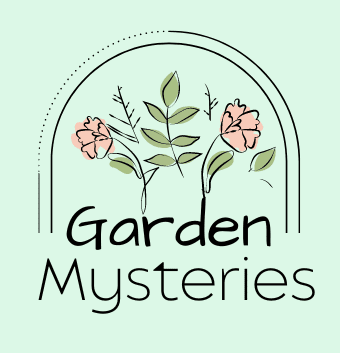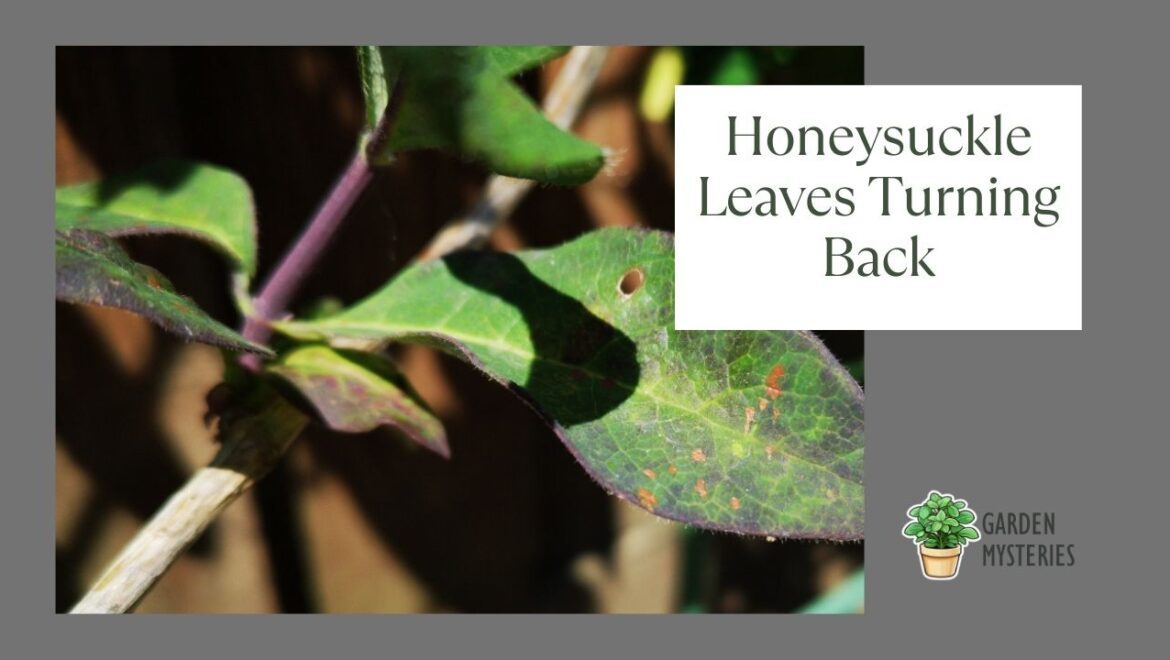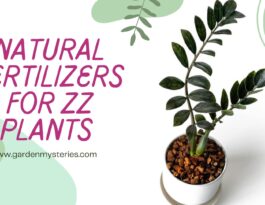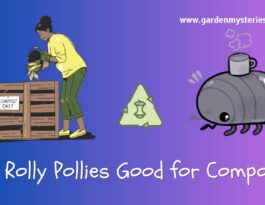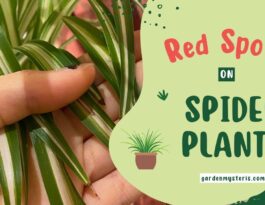Are you here to find a solution because your honeysuckle leaves turning black? Or you may ask, ‘Is it normal to have black honeysuckles leaves?’ Actually no, it is not normal for honeysuckle leaves to be black.
It can be a sign of stress or disease in the plant, or potential issues such as fungal infections, or overwatering. Dive into the next phases and get more helpful information on honeysuckles.
Reasons Why Honeysuckle Leaves Turning Black
There can be several reasons why honeysuckle leaves may turn black. Here are some potential causes:
Fungal Diseases
Black spots or patches on honeysuckle leaves can be a sign of fungal diseases like anthracnose or powdery mildew. These diseases often thrive in humid conditions and can cause blackening, wilting, and distortion of the leaves.
Bacterial Infections
Certain bacterial infections can also lead to the blackening of leaves, causing dark spots or blotches on the foliage.
Environmental Stress
Honeysuckle plants can turn black when they experience environmental stressors such as extreme temperatures (both cold and heat), drought, or excessive exposure to direct sunlight. Honeysuckle in winter requires extra care.
Pest Infestation
Infestations of insects like aphids, scale insects, or spider mites can weaken the plant and cause leaves to turn black or dark brown.
Overwatering or Poor Drainage
If the soil around the honeysuckle plant remains waterlogged due to overwatering or poor drainage, it can lead to root rot and subsequently blackening of leaves. It’s not like your one is coral honeysuckle in your home garden.
Nutrient Deficiencies
Lack of essential nutrients, particularly nitrogen, can cause leaves to turn black or brown.
Chemical Damage
Exposure to certain chemicals, such as herbicides or pesticides, in excessive amounts can cause the leaves to blacken.
Leaf Spot Diseases
Various leaf spot diseases, caused by fungi or bacteria, can lead to the development of dark spots on the leaves.
To determine the exact cause and address the issue, it’s essential to inspect the plant closely and consider the environmental conditions it’s exposed to.
Properly identifying the problem can help you implement the appropriate remedies, which may include using fungicides, adjusting watering practices, improving drainage, or providing the plant with the necessary nutrients.
If the issue persists or worsens, it’s a good idea to seek advice from a local horticulturist or plant expert who can offer more personalized guidance for your specific situation.
In case you might want to know more about why Orchid roots are turning brown you can visit and have a quick read.
Problems and Solutions at A Glance: Honeysuckle Leaves Turning Black
Here is a problem and solution table on honeysuckle leaves turning black:
| Problem | Possible Solutions |
| Fungal Diseases | Apply fungicide as per instructions. |
| Bacterial Infections | Trim affected leaves; use antibacterial treatments. |
| Environmental Stress | Provide proper shade, water, and temperature control. |
| Pest Infestation | Use insecticidal soap or neem oil; remove pests manually. |
| Overwatering | Adjust watering schedule; improve drainage. |
| Nutrient Deficiencies | Apply balanced fertilizer with nitrogen. |
| Chemical Damage | Avoid excessive use of chemicals near the plant. |
| Leaf Spot Diseases | Apply fungicides and maintain good hygiene. |
What to Do When Honeysuckle Leaves Turning Black
When you notice honeysuckle leaves turning black, it’s essential to take action promptly to address the underlying issue and prevent further damage to the plant. Here’s what you can do:
Step 1: Inspect the Plant
Carefully examine the affected honeysuckle plant to identify the extent of the problem and look for any signs of pests, diseases, or environmental stress.
Step 2: Prune Affected Leaves
Trim the blackened leaves, stems, or branches using clean and sterilized pruning shears. Dispose of the removed plant material properly to prevent the spread of diseases.
Step 3: Treat Fungal and Bacterial Infections
If you suspect fungal or bacterial infections, use appropriate fungicides or antibacterial treatments as per the manufacturer’s instructions. Be sure to apply them early in the morning or late in the evening when the temperature is cooler to minimize stress on the plant.
Step 4: Control Pests
If you find pests like aphids, scale insects, or spider mites, use insecticidal soap, neem oil, or other suitable organic pesticides to eliminate them. Consider manual removal for larger pests if feasible.
Step 5: Adjust Watering Practices
If overwatering is a potential issue, modify your watering schedule to ensure the soil does not become waterlogged. Let the top inch or so of the soil dry out before watering again.
Step 6: Improve Drainage
Ensure that the honeysuckle plant is in well-draining soil and, if necessary, consider amending the soil to improve drainage.
Step 7: Provide Proper Care
Make sure the plant receives appropriate sunlight exposure, as honeysuckles prefer partial shade to full sun. Also, maintain good air circulation around the plant.
Step 8: Fertilize the Plant
If the issue is due to nutrient deficiencies, apply a balanced fertilizer with a focus on nitrogen. Follow the instructions on the fertilizer packaging for application.
Step 9: Monitor and Prevent Future Issues
Regularly monitor the plant for any signs of recurrence or new problems with honeysuckle. Preventative measures, such as good garden hygiene, avoiding overcrowding, and proper care, can help keep the plant healthy.
Step 10: Seek Professional Advice
If you are unsure about the cause of the blackening leaves or the appropriate treatment, consider consulting a local horticulturist or plant expert for guidance tailored to your specific situation.
Remember that timely intervention and proper care are essential in restoring the health of your honeysuckle plant. Early detection and treatment can go a long way in maintaining the beauty and vitality of your garden.
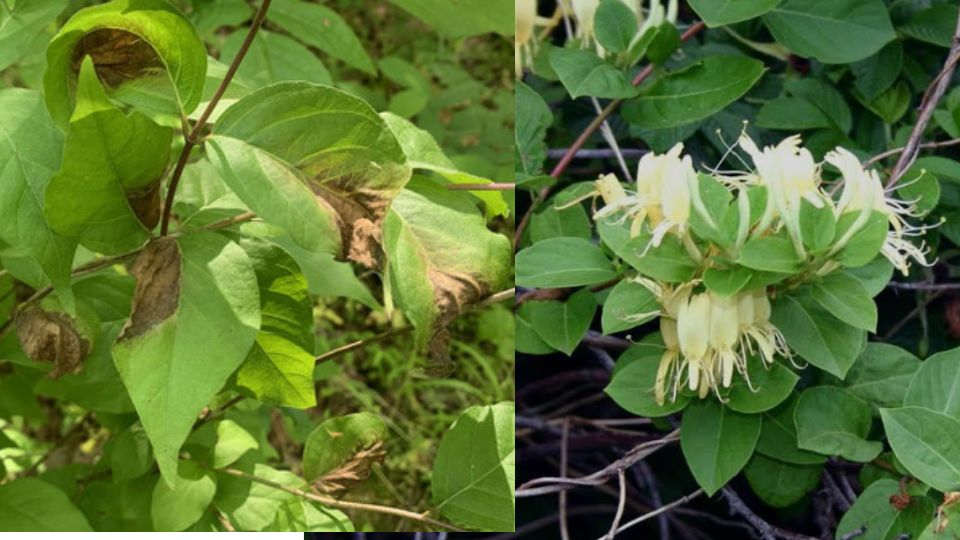
How to Treat Black Spots on Honeysuckle Leaves
Treating black spots on honeysuckle leaves involves addressing the underlying cause, which is often related to fungal diseases. Here’s a step-by-step guide to treating black spots on honeysuckle leaves:
- Prune Affected Leaves: Start by pruning the leaves that have black spots. Use clean and sterilized pruning shears to prevent the spread of the disease to other parts of the plant.
- Remove Fallen Leaves: If there are any fallen leaves with black spots around the base of the plant, remove them and dispose of them properly to avoid re-infection.
- Apply Fungicide: Use a fungicide specifically formulated for treating fungal diseases on ornamental plants like honeysuckle. Follow the instructions on the fungicide label for application rates and timing. Apply the fungicide evenly to the affected leaves and surrounding areas, including the undersides of leaves where spores may be present.
- Timing Matters: Apply the fungicide early in the morning or late in the evening when the temperature is cooler, as this reduces stress on the plant and enhances the effectiveness of the treatment.
- Improve Air Circulation: Ensure that the honeysuckle plant has good air circulation around it. Trim any nearby overgrown vegetation or branches that may be blocking airflow and contributing to a humid environment.
- Watering Practices: Avoid overhead watering, which can promote the spread of fungal spores. Instead, water at the base of the plant to keep the foliage dry. Water in the morning so that the leaves have time to dry during the day.
- Monitor and Repeat Treatment: Monitor the plant regularly for any signs of new black spots or disease recurrence. If necessary, repeat the fungicide treatment as recommended on the product label.
- Promote Plant Health: Keep the honeysuckle plant healthy by providing it with adequate sunlight, well-draining soil, and proper nutrients. A healthy plant is better equipped to resist diseases.
- Clean Garden Tools: After working with the infected honeysuckle, clean your pruning shears and any other gardening tools you use with a disinfectant solution to avoid spreading the disease to other plants.
It’s important to note that early intervention is crucial for successful treatment. If the black spots persist or the condition worsens despite treatment, consider seeking advice from a local horticulturist or plant expert who can provide personalized guidance for your specific situation.
FAQs
Is there a natural remedy for black spots on honeysuckle leaves?
Yes, neem oil or horticultural oil can act as natural fungicides to combat fungal diseases. Also, increasing plant resistance through balanced organic fertilizers, and compost, and ensuring plant health can help prevent and manage black spots.
Should I consult a professional if the problem persists?
Yes, if the black spots persist despite treatment or if you are unsure about the cause, consult a local horticulturist or plant expert. They can accurately diagnose the issue and provide tailored advice to restore the health of your honeysuckle plant.
Can black spots on honeysuckle leaves spread to other plants?
Yes, fungal and bacterial diseases causing black spots on honeysuckle leaves can spread to nearby plants through spores or by contact. It’s essential to promptly address the issue and take preventive measures to avoid the spread of the disease to other plants in your garden.
You can also explore our article on the propagation of Lucky Bamboo. It might seem interesting if you are into Lucky Bamboo plants.
